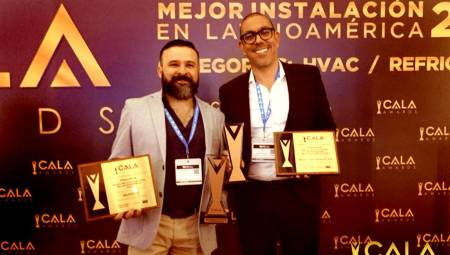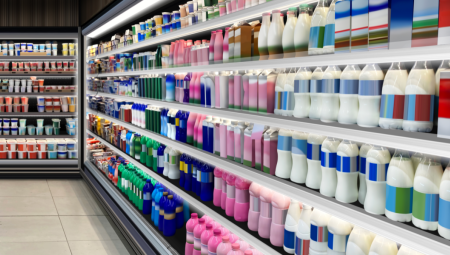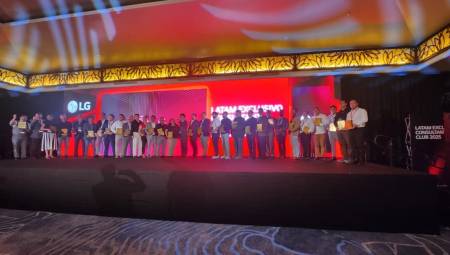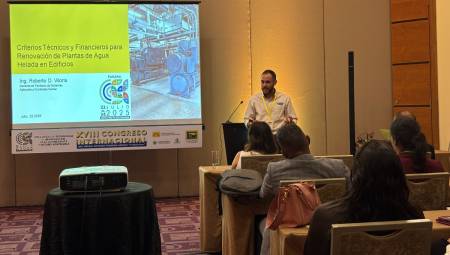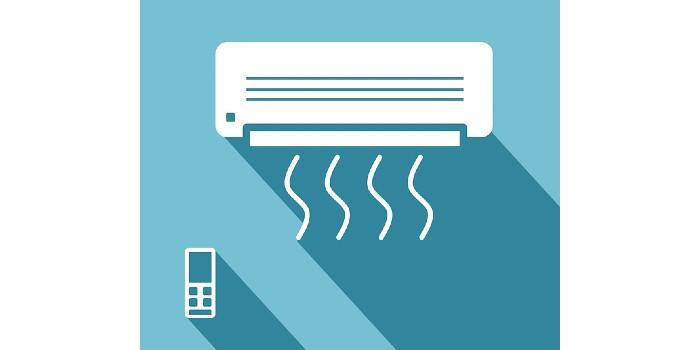 International. The American consultant, Jim Newman, presented a series of considerations to keep in mind related to the importance of indoor air quality during the time of COVID-19:
International. The American consultant, Jim Newman, presented a series of considerations to keep in mind related to the importance of indoor air quality during the time of COVID-19:
Some estimates put the cost of poor indoor air quality (IAQ) to the U.S. economy at $200 billion. In the era of COVID-19, a good IAQ as we know it is no longer enough.
Let's break it down:
- Coronavirus, the virus that causes THE DISEASE COVID-19 is a pathogen.
- A pathogen is a bacterium, virus or other microbe that can cause disease.
We often think of them collectively as "germs".
We are surrounded by pathogens (bacterial, fungal or viral) inside our bodies, in our bodies, inside our buildings and on the surfaces around us, every second of every day.
For every human cell in your body there are 10 bacterial cells in you and in you.
Our bodies and our environment will never be free of bacteria and microbes, nor should they be. The idea is crazy and impossible. A normal human immune response easily handles the vast majority of this continuous contact.
IAQ in the COVID era
What makes this virus so difficult to manage?
- It spreads through small aerosols (not only when coughing and sneezing, but also when breathing, talking and singing).
- It spreads by indirect contact (it lives more on surfaces such as doorknobs, railings, etc.).
- Transfers of infected people without symptoms.
While we don't yet know how to stop it, as with a vaccine, we do know how to significantly decrease our risk. In addition to wearing masks, washing hands frequently, and staying at a minimum distance of six feet, building owners can better manage building operation and maintenance to improve air quality in a way that further minimizes risk.
Nothing about owning or managing a building will be normal, perhaps for quite some time. In addition to CDC, OSHA, and WHO guidelines, industry experts from ASHRAE, BOMA, and others have published their own statements and guidance. Respected organizations, such as facilities management companies JLL, CBRE, and many others, have published their own guides for preparing their building before returning to "business as usual."
It is in the best interest of all building owners and managers to familiarize themselves with all these materials. Your tenants and employees may already be using these guides, and if they aren't, you can help them stay on top of it. What we know today is less than what we will know tomorrow, so keep looking for new information.
Modern technology for cleaning and disinfecting
Because the virus is transmitted through airborne droplets, it is critical to ensure better IAQ to help prevent the spread of COVID-19. To do this, we look for several systems that our customers can use in all their HVAC systems.
Air handling units (AUTs) are the nexus of power, performance and biological load in our buildings today. When we properly disinfect, remove, and control the growth and spread of biofilms, we can greatly reduce the microbial load.
To keep the UTAs and the buildings they serve clean, we turn to the various air filtration and cleaning and disinfection systems. The most common include HEPA (high-efficiency particulate air) media filtration, UV purification (ultraviolet light), and bipolar ionization. Each has pros and cons.
Balance of airflow, humidity and occupant comfort
Many organizations, including ASHRAE, recommend using 100% outdoor air (AE) to clean buildings (minimum of 4 hours daily). Its effectiveness depends on the temperature and humidity of the AE at the time of washing. Heating and cooling systems in most buildings are sized for a small percentage of AE, typically 10 to 20%. Raising it to 100% puts significant additional pressure on the system.
For example: if 100% AE at 90°F and 70% relative humidity (RH), typical of summer, is brought to a commercial building during normal working hours, the cooling system can reduce that temperature to only about 70°F with an actual temperature increase in RH. On average, systems introduce air at about 55°F into workspaces. At 70°F with high humidity, people will feel uncomfortable and may not be willing to work. Some may even feel sick.
For this to be feasible, 100% AE should be used only when the temperature is 50 to 60°F with low humidity (usually at night in northern climates). If temperatures are above 60°F and humidity is higher, using less AE for longer may prove more effective. When the temperature exceeds 65°F, it is useful to pre-cool the space overnight to reduce temperature and humidity. Then return to normal EC (10-20%) during the day.
Washing in this way is one of the many tools and will surely be most effective when used with one of the other disinfection strategies mentioned above, such as BPI or UV-C and better filtration. These strategies should be employed to make the HVAC system more functional, not only to eliminate viruses, but also to keep utility costs and wear and tear on all system components more reasonable.
Moving forward together
Stay up-to-date with what's available. Do your research or hire a consultant with knowledge and experience. Combine several methodologies to make the total system more effective.
Remember that "Perception is reality." When someone has a concern, a little compassion and prompt attention to the problem go a long way toward showing that you care. Educate your teams and tenants about new safety procedures and expectations. The rapid and proper implementation of effective strategies will help people feel safer and more secure as we move into the new, or "now" normal.
* Jim Newman – Newman Consulting Group.



